Technology
Explore Insights, Tools, and Answers
Stay informed with the latest in shipping automation and logistics. From expert articles and upcoming events to product videos and helpful FAQs, our resource center is here to support your operations and keep you ahead of the curve.
-
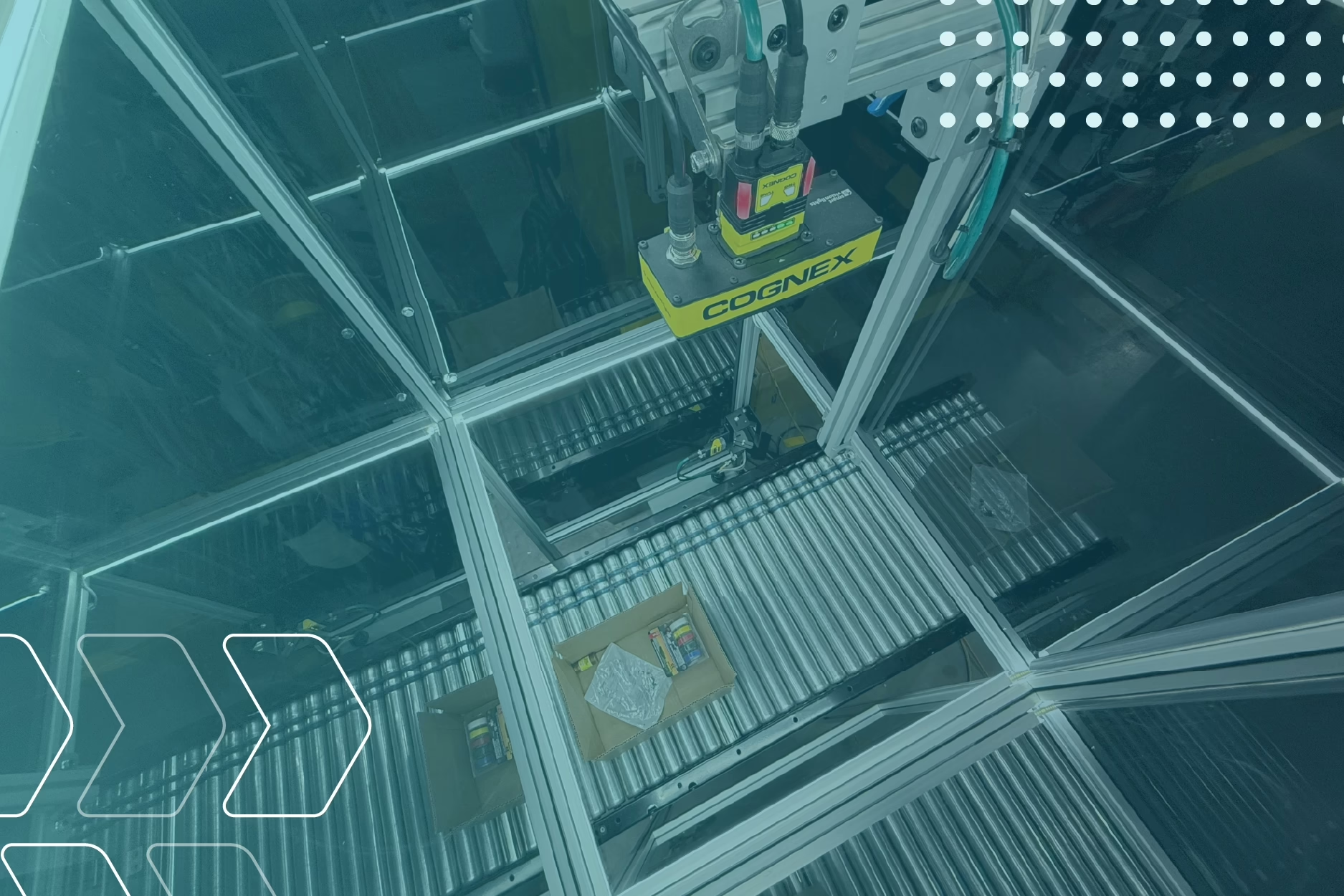 Technology
TechnologyHow Image-To-Order Capture Provides Accountability For Outbound Fulfillment
-
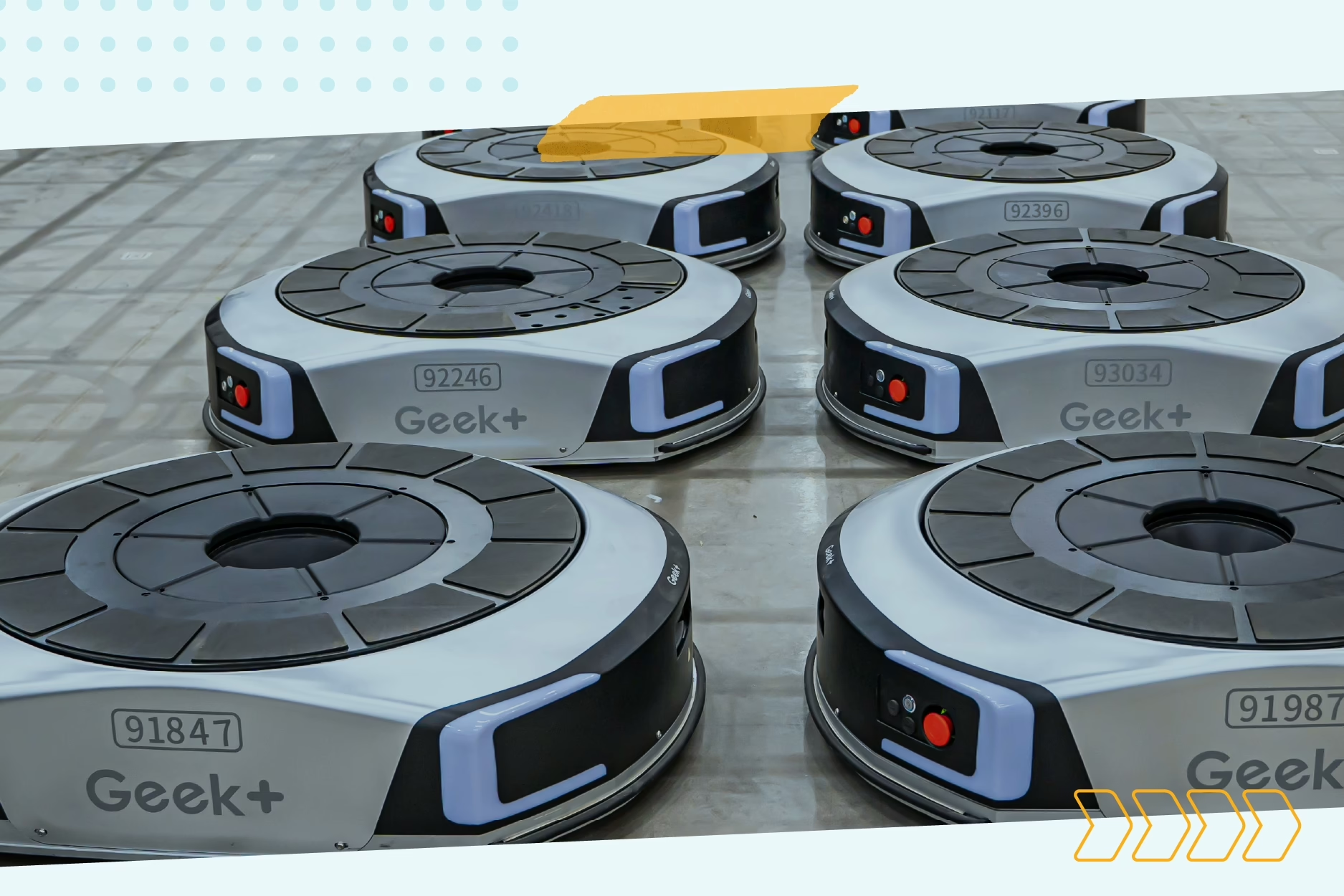 Technology
TechnologyGoods To Person (G2P) Robots Are Just One Piece Of An Integrated, Intelligent Warehouse
-
 Technology
TechnologyHow Pick to Light Systems Increase Accuracy and Speed in Warehouse Operations
-
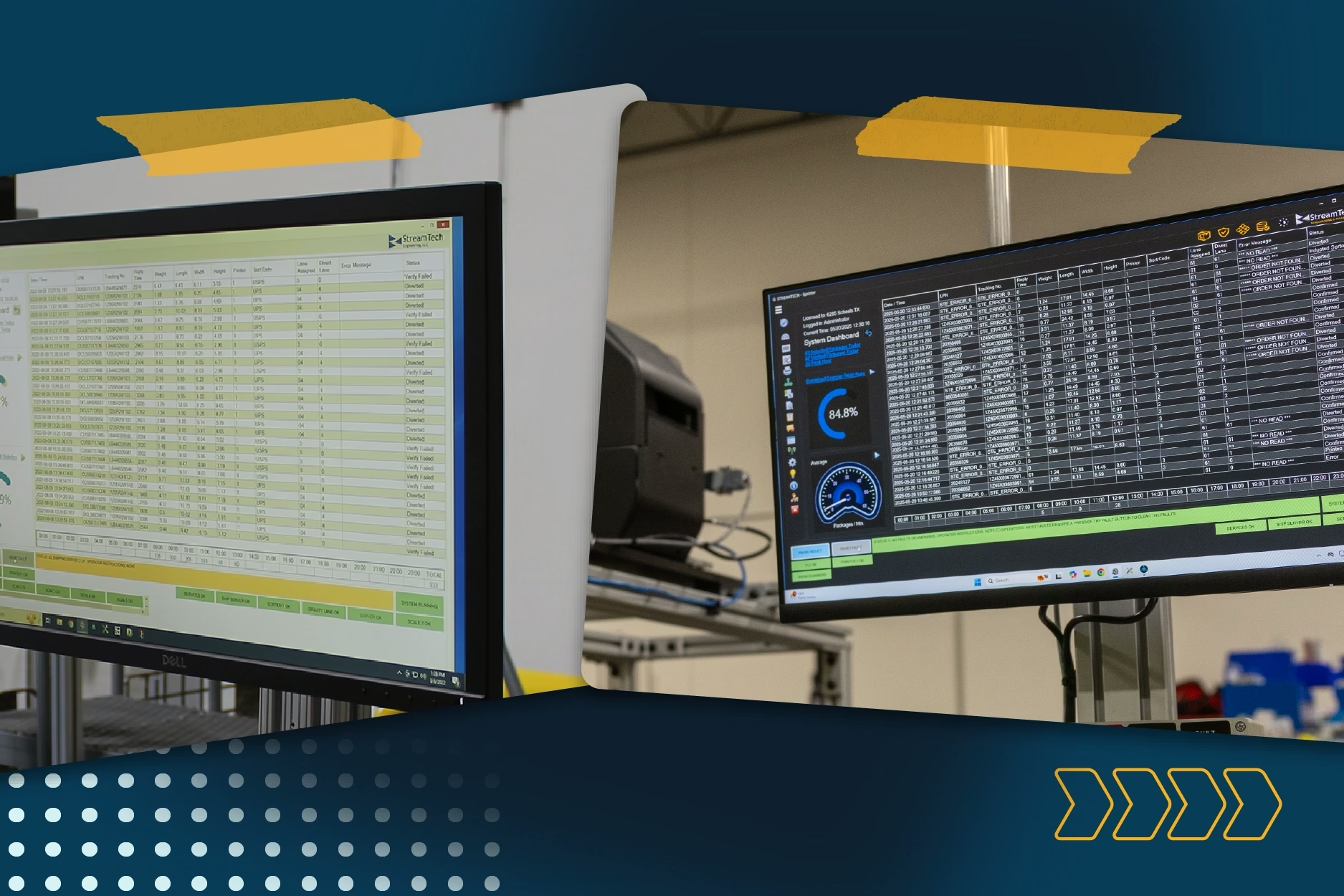 Technology
TechnologyWhat Is Warehouse Control Software (WCS), And Why Is It Critical To Get Right?
-
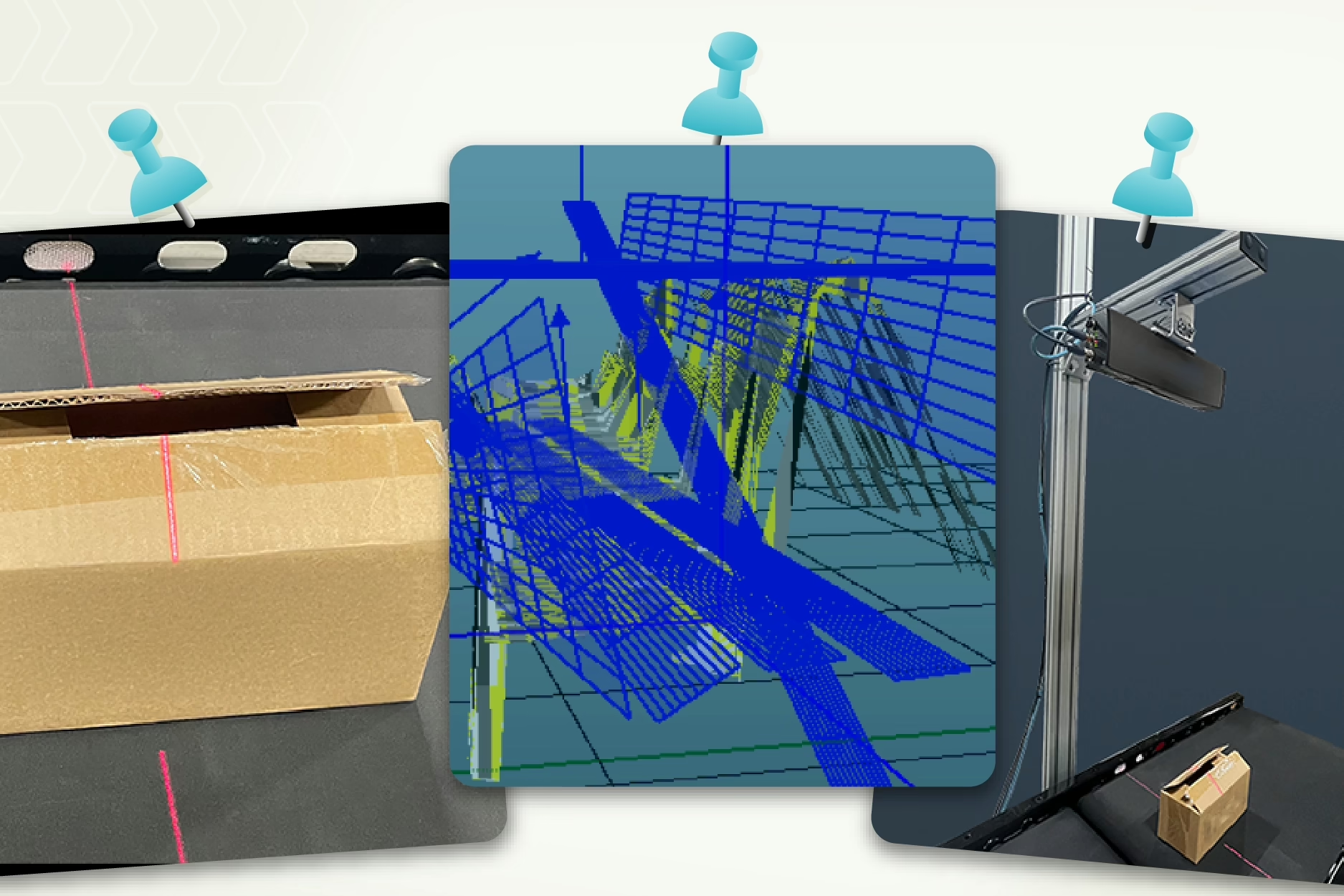 Technology
TechnologyPackage Inspection System
-
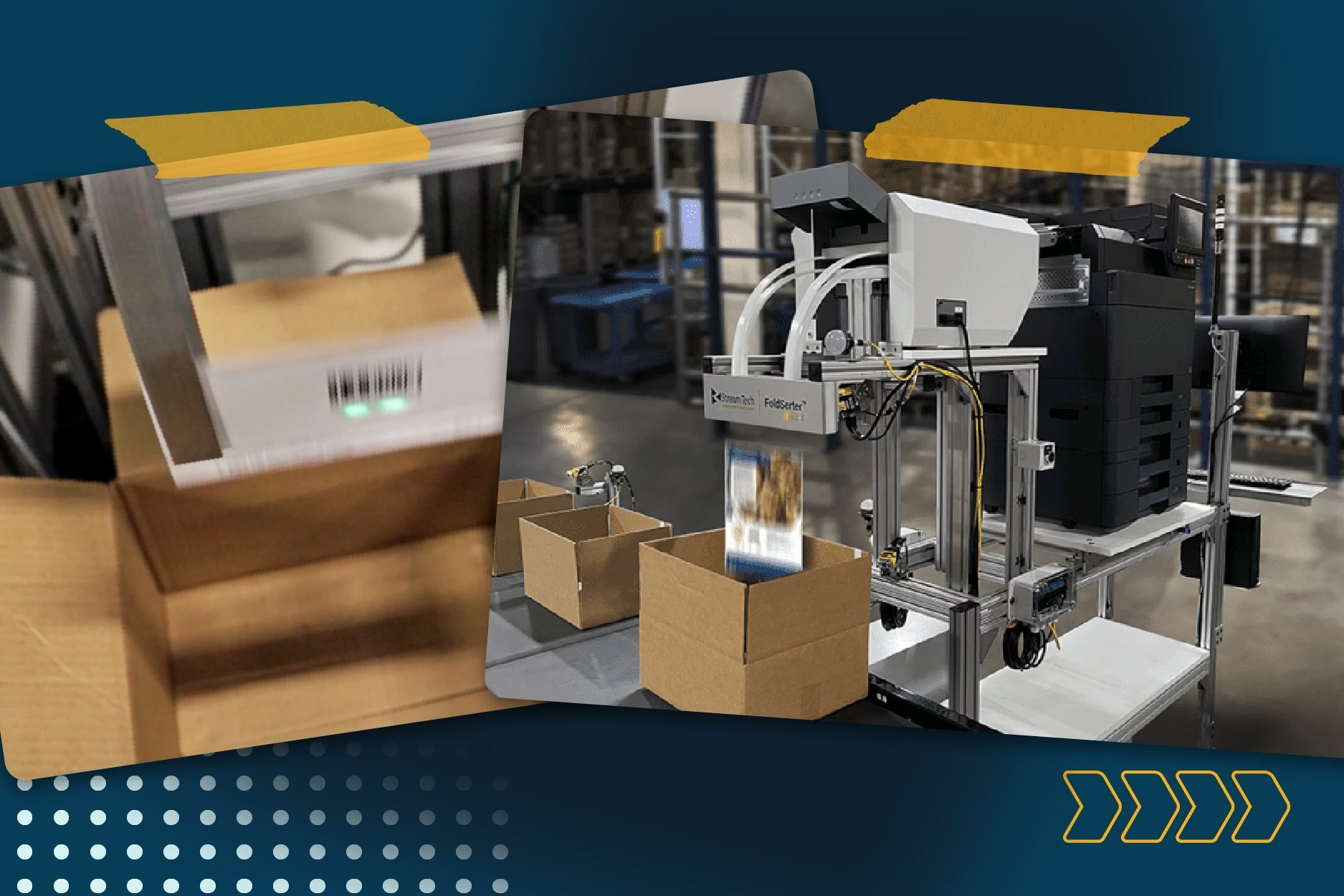 Technology
TechnologyStreamTech Announces Patent Award for FoldSerter™ Intelligent Pack Slip Print, Fold, Insert System
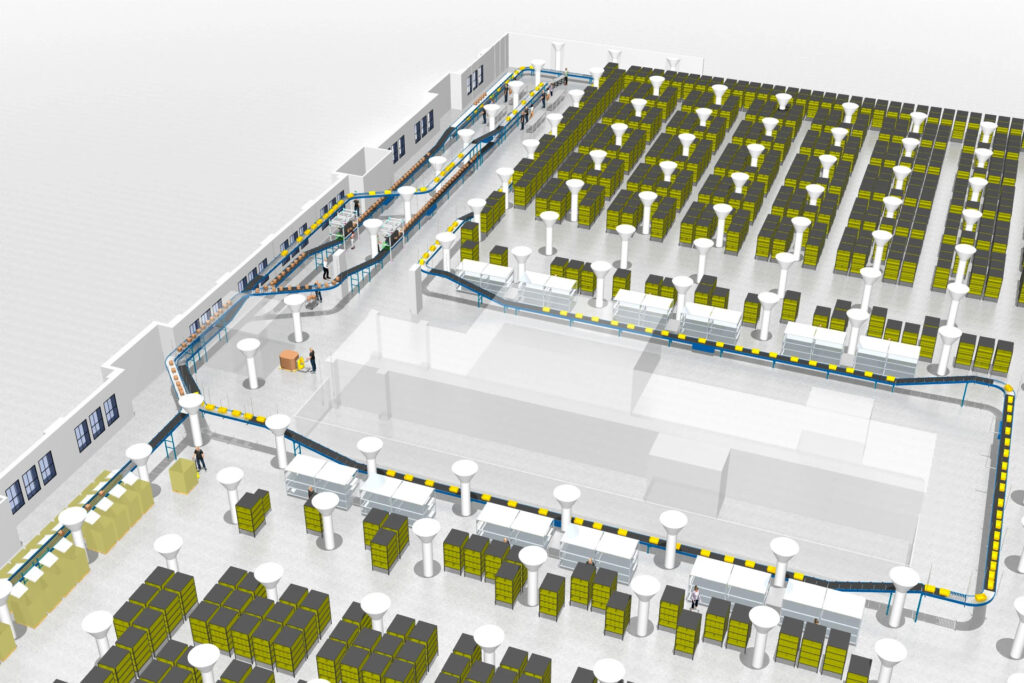
Ready for Automation?
Share your fulfillment challenge with us and we’ll design a custom solution for your business before you sign a contract
"*" indicates required fields